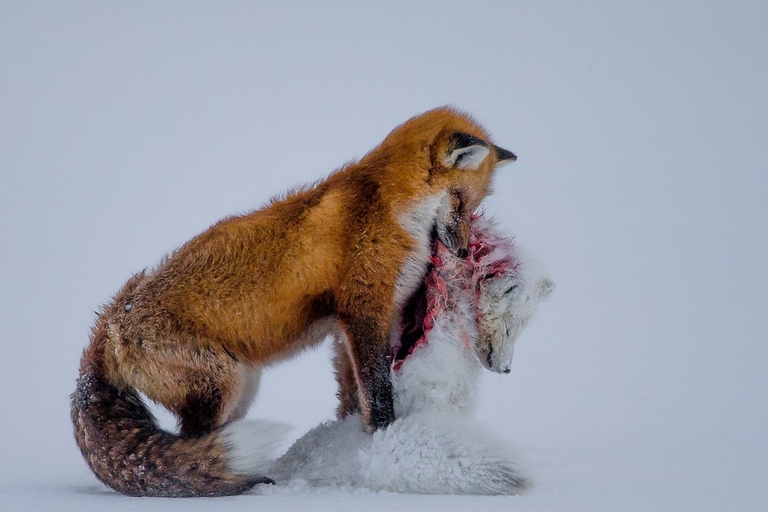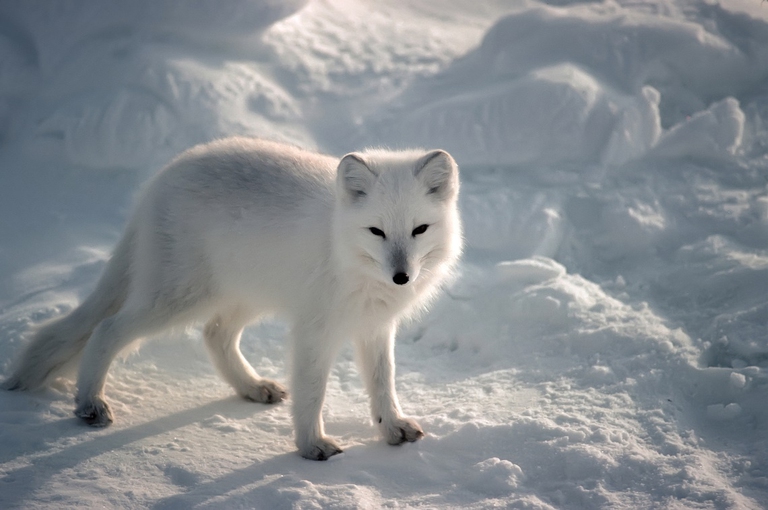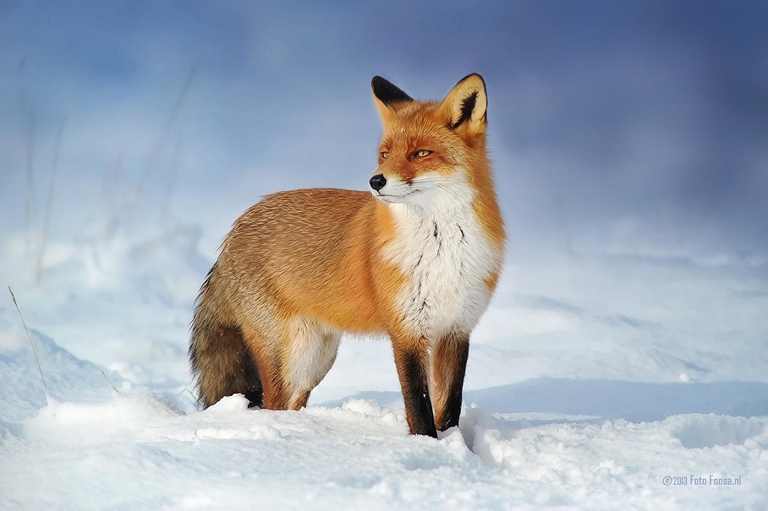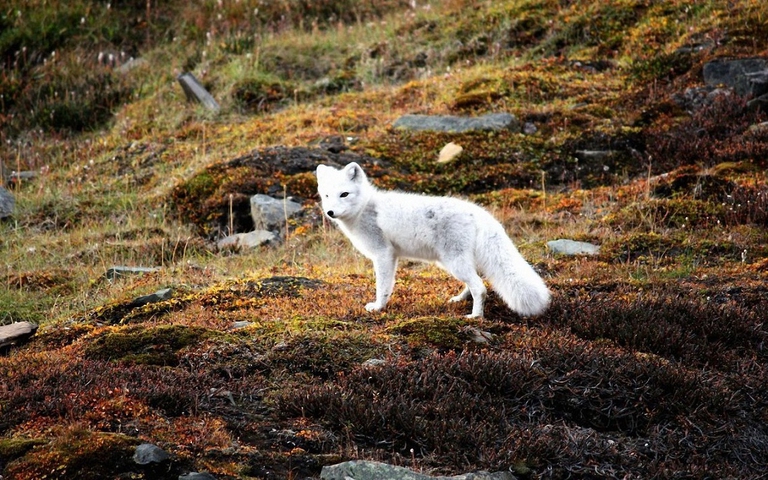
South African court dismisses a major lawsuit by 140,000 Zambian women and children against Anglo American for Kabwe lead poisoning. A setback for affected communities enduring the lasting impact of lead contamination.
In Canada il riscaldamento del clima sta acuendo i conflitti tra le volpi artiche e le volpi rosse i cui areali si stanno sovrapponendo.
A red fox (Vulpes vulpes) holding the corpse of an arctic fox (Alopex lagopus) in its mouth. This is the picture that was honoured the 2015 Wildlife Photographer of the Year, the most famous nature photography award, established by the Natural History Museum of London.
The picture, entitled “A tale of two foxes”, has been shot by the Canadian surgeon Don Gutoski in the Wapusk National Park, Canada. Gutoski’s picture defeated other 42,000 photos, and alongside its undeniable beauty it conceals an important message: climate change is having significant impacts on wildlife.
The Arctic region is one of the areas affected the most by climate change, since milder winters alter the biodiversity living in it. This phenomenon particularly affects the Arctic fox, one of this habitat’s major terrestrial predators, which is considered a valid indicator of the conservation status of the Arctic tundra.
This species, famous for its winter white fur, is slightly larger than the domestic cat and is extremely specialised. According to a study carried out by the IUCN (International Union for Conservation of Nature), global warming represents a threat to arctic foxes because of at least 3 factors.
Firstly, the habitat loss. Rising temperatures will lead the boreal forest, environment not suitable to arctic fox, to slowly substitute tundra. In fact, scientists have registered a “colonisation” of this habitat by plant species coming from south.
Another threat, as shown in Gutoski’s picture, is the increasing competition with red foxes. In Northern Canada, red foxes, which are larger, more aggressive and adapt better compared to their arctic cousins, are relentlessly increasing. Red foxes are more effective predators; in fact, many cases of predation of arctic foxes are are being registered.
In the past, the division of the two ranges was more marked; arctic fox didn’t adventure south due to the presence of red foxes, which didn’t go north due to habitats’ low productivity. Climate change in the tundra started altering this balance, and invasions are likely to increase.
Arctic foxes mainly feed on lemmings and water voles and, according to the IUCN, milder, shorter winters are causing a decline in these rodents’ population, which reproduction cycles are altered.
Another example of how Arctic ice melting is threatening the survival of different species is the crossbreeding between polar bears and grizzly bears, noticed for the first time in Canada in 2006.
Currently, the Arctic fox is listed in the IUCN Red List as “Least Concern”, i.e. species that are not threatened with extinction in the short or medium run, despite populations in Norway, Finland, and Sweden are listed as “Critically Endangered”. The future of these snow white canids is looking to be sad, and red foxes are not to be blamed.
Siamo anche su WhatsApp. Segui il canale ufficiale LifeGate per restare aggiornata, aggiornato sulle ultime notizie e sulle nostre attività.
![]()
Quest'opera è distribuita con Licenza Creative Commons Attribuzione - Non commerciale - Non opere derivate 4.0 Internazionale.
South African court dismisses a major lawsuit by 140,000 Zambian women and children against Anglo American for Kabwe lead poisoning. A setback for affected communities enduring the lasting impact of lead contamination.
Controversial African land deals by Blue Carbon face skepticism regarding their environmental impact and doubts about the company’s track record, raising concerns about potential divergence from authentic environmental initiatives.
Majuli, the world’s largest river island in Assam State of India is quickly disappearing into the Brahmaputra river due to soil erosion.
Food imported into the EU aren’t subject to the same production standards as European food. The introduction of mirror clauses would ensure reciprocity while also encouraging the agroecological transition.
Sikkim is a hilly State in north-east India. Surrounded by villages that attracts outsiders thanks to its soothing calmness and natural beauty.
Sikkim, one of the smallest states in India has made it mandatory for new mothers to plant saplings and protect them like their children to save environment
Chilekwa Mumba is a Zambian is an environmental activist and community organizer. He is known for having organized a successful lawsuit against UK-based mining companies.
What led to the Fukushima water release, and what are the impacts of one of the most controversial decisions of the post-nuclear disaster clean-up effort?
Nzambi Matee is a Kenyan engineer who produces sustainable low-cost construction materials made of recycled plastic waste with the aim of addressing plastic pollution and affordable housing.











